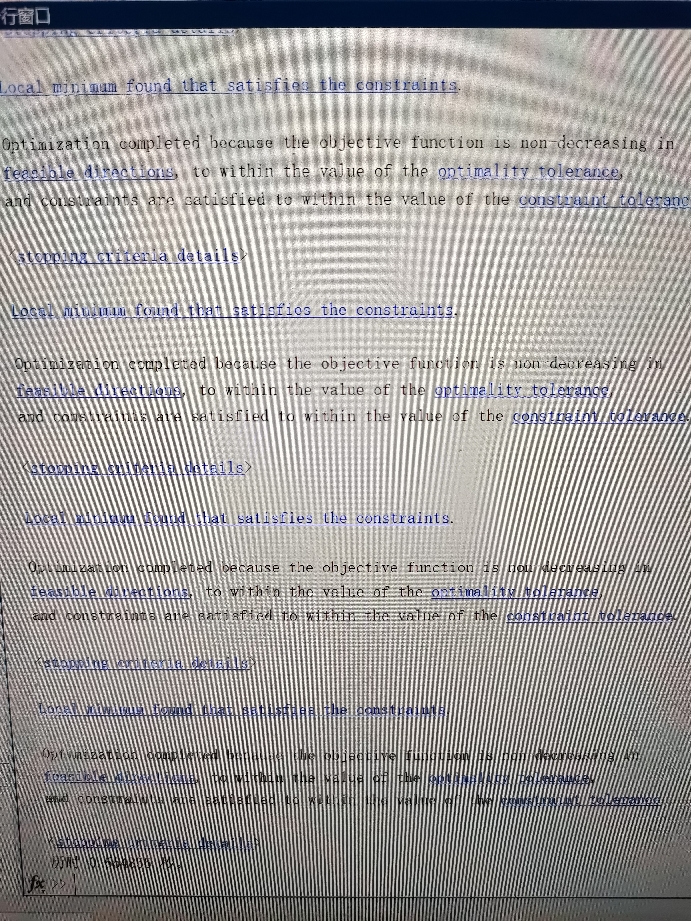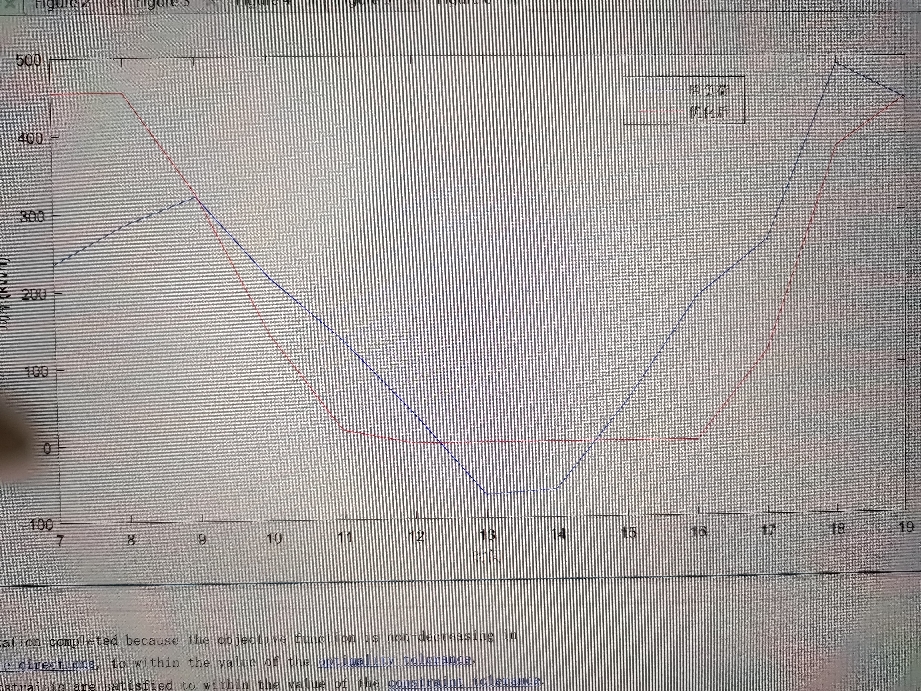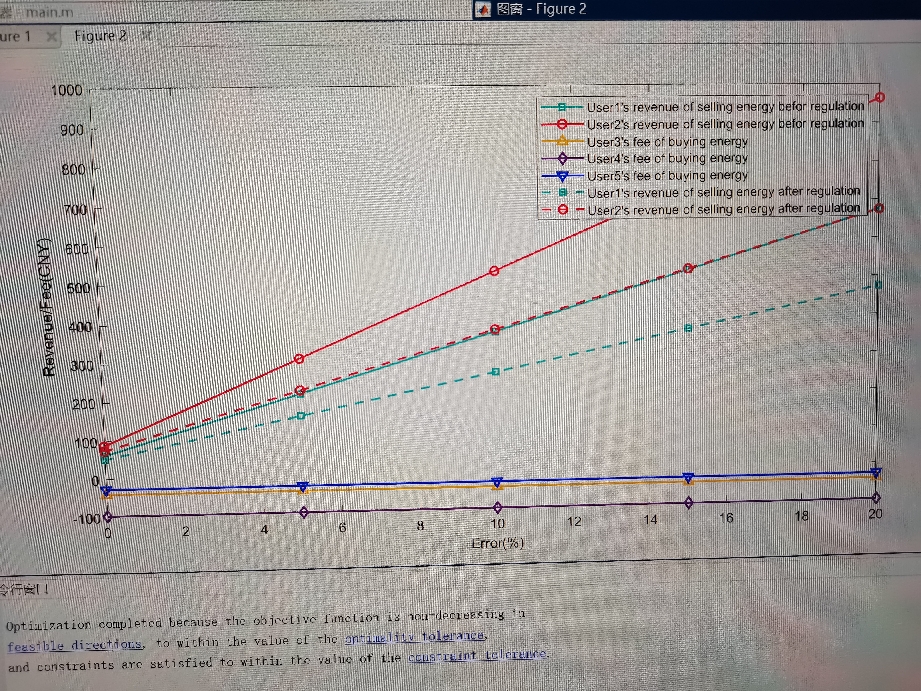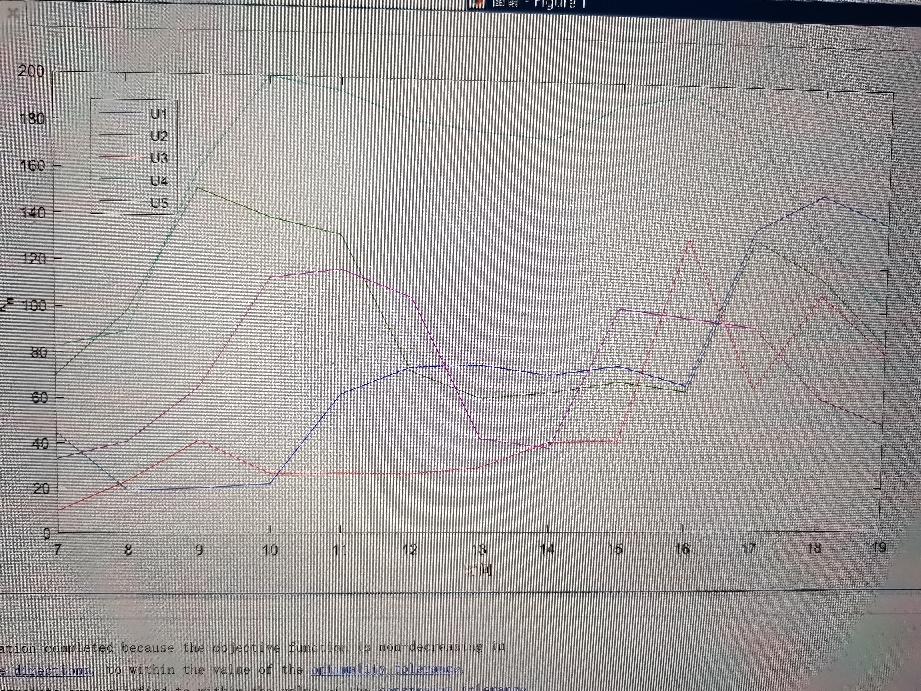基于stackelberg博弈的光伏用户群优化定价模型
文章主要做了在由多主体组成的光伏用户群中,用户间存在光伏电量共享。
然而,在现有的分布式光伏上网政策下,用户间的共享水平很低。
为了提高用户间光伏电量共享水平,根据用户的用电特性,构建了光伏用户群内的多买方—多卖方格局。
结合中国的分布式光伏上网政策,运营商作为主导者,以其收益最大化为目的,制定光伏用户群内部电价。
用户作为跟随者,基于运营商发布的内部电价进行需求响应,最大化自身用电效益,用户需求响应的结果同时也会影响运营商的收益。
通过分析该电力市场中运营商和用户的行为特性,提出了基于 stackelberg博弈的需求响应模型,并证明了该博弈均衡点的存在性和唯一性。
算例结果表明,在该光伏用户群中,运营商通过制定内部电价,能够有效提高自身收益以及用户用电效益,并明显提升了光伏用户群内光伏电量共享水平,验证了所提模型的有效性。
ID:1950670219816082
提督街辛勤的灵芝






基于Stackelberg博弈的光伏用户群优化定价模型
摘要:本文旨在解决分布式光伏上网政策下光伏用户间电量共享水平低的问题,通过构建光伏用户群内多买卖方格局,以运营商为主导者,制定光伏用户群内部电价,用户作为跟随者进行需求响应,以达到最大化运营商收益和用户用电效益的目标。
-
引言
随着能源危机的加剧和环境保护的重要性的日益提高,光伏发电作为一种清洁、可再生的能源形式,得到了广泛的关注和应用。在分布式光伏上网政策的推动下,光伏用户群逐渐形成,光伏电量共享成为提高能源利用效率的重要途径。然而,在现有的分布式光伏上网政策下,用户间的光伏电量共享水平很低,需要通过优化定价模型来提升。 -
研究背景和相关工作
在光伏用户群中,用户间存在不同的用电特性和需求响应程度。本文通过分析中国的分布式光伏上网政策,将运营商作为主导者,制定光伏用户群内部电价,用户作为跟随者,基于运营商发布的内部电价进行需求响应。 -
光伏用户群优化定价模型
本文基于Stackelberg博弈理论,构建了基于运营商和用户行为特性的需求响应模型。在该模型中,运营商的目标是最大化自身收益,用户的目标是最大化自身用电效益。通过分析运营商和用户的行为特性,得出了该博弈模型存在且唯一的均衡点。 -
算例结果分析
通过实际算例,本文验证了所提模型的有效性。在光伏用户群中,运营商通过制定内部电价,能够有效提高自身收益以及用户用电效益,进而明显提升了光伏电量共享水平。这表明所提出的基于Stackelberg博弈的需求响应模型能够在光伏用户群中达到预期目标。 -
结论与展望
本文通过构建基于Stackelberg博弈的光伏用户群优化定价模型,成功提高了光伏用户群内的光伏电量共享水平。未来的研究可以进一步考虑更多主体参与的情况,以达到更加广泛的应用。
关键词:光伏用户群;分布式光伏;需求响应;Stackelberg博弈;定价模型
Abstract: This article aims to solve the problem of low level of photovoltaic power sharing among users under the distributed photovoltaic grid connection policy. By constructing a multi-buyer-seller pattern within the photovoltaic user group, the operator takes the lead and formulates the internal electricity price within the photovoltaic user group. Users, as followers, respond to demand based on the internal electricity price set by the operator, with the goal of maximizing their own electricity usage efficiency and also affecting the operator’s revenue.
-
Introduction
With the intensification of the energy crisis and the increasing importance of environmental protection, photovoltaic power generation, as a clean and renewable form of energy, has received wide attention and application. Under the promotion of distributed photovoltaic grid connection policy, photovoltaic user groups have gradually formed, and photovoltaic power sharing has become an important way to improve energy utilization efficiency. However, under the current distributed photovoltaic grid connection policy, the level of photovoltaic power sharing among users is very low, and an optimization pricing model is needed to enhance it. -
Research background and related work
In the photovoltaic user group, there are different electricity consumption characteristics and levels of demand response among users. This article analyzes the distributed photovoltaic grid connection policy in China, in which the operator acts as the leader and formulates the internal electricity price within the photovoltaic user group, and users act as followers to respond to demand based on the internal electricity price set by the operator. -
Optimization pricing model for photovoltaic user group
Based on the Stackelberg game theory, this article constructs a demand response model based on the behavior characteristics of the operator and users. In this model, the operator aims to maximize its own revenue, while the users aim to maximize their own electricity usage efficiency. By analyzing the behavior characteristics of the operator and users, the existence and uniqueness of the equilibrium point of the game model are obtained. -
Analysis of simulation results
Through practical simulations, this article verifies the effectiveness of the proposed model. In the photovoltaic user group, the operator can effectively increase its own revenue and improve user electricity usage efficiency by setting internal electricity prices. This significantly enhances the level of photovoltaic power sharing. This demonstrates that the proposed demand response model based on Stackelberg game theory can achieve the expected goals in the photovoltaic user group. -
Conclusion and future prospects
By constructing an optimization pricing model for photovoltaic user groups based on Stackelberg game theory, this article successfully improves the level of photovoltaic power sharing within the user group. Future research can further consider more participants to achieve wider applications.
Keywords: Photovoltaic user group; Distributed photovoltaic; Demand response; Stackelberg game; Pricing model
相关的代码,程序地址如下:http://wekup.cn/670219816082.html






















 407
407











 被折叠的 条评论
为什么被折叠?
被折叠的 条评论
为什么被折叠?








